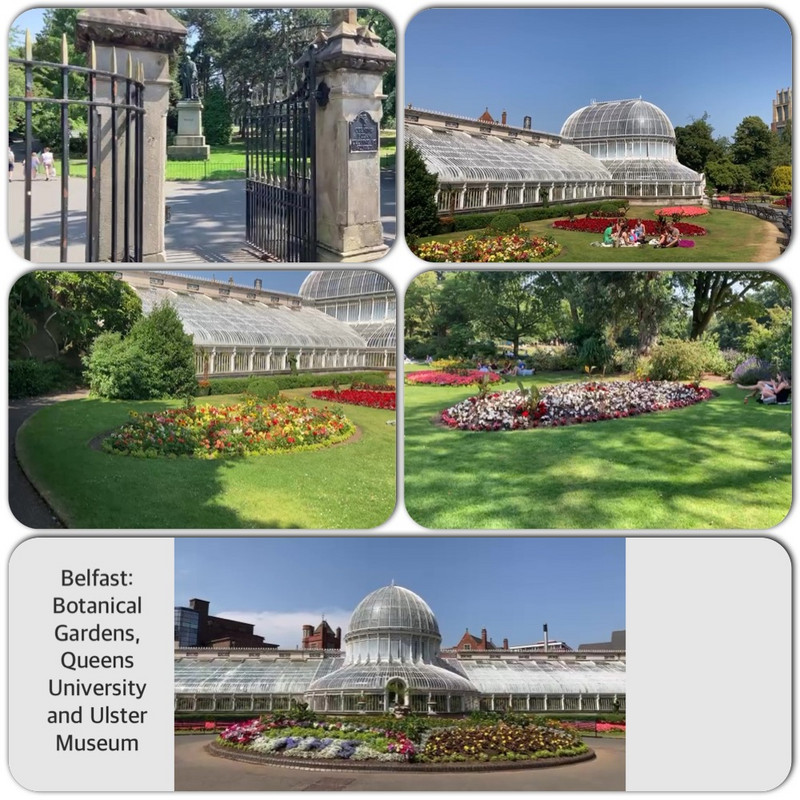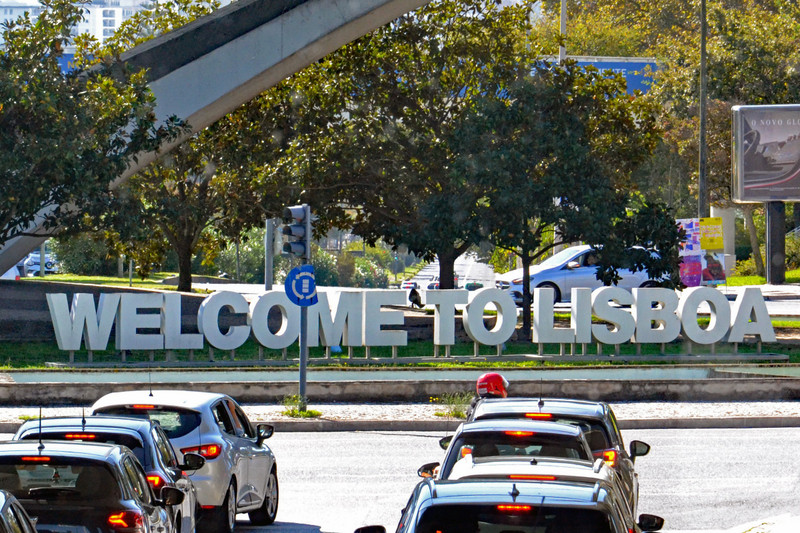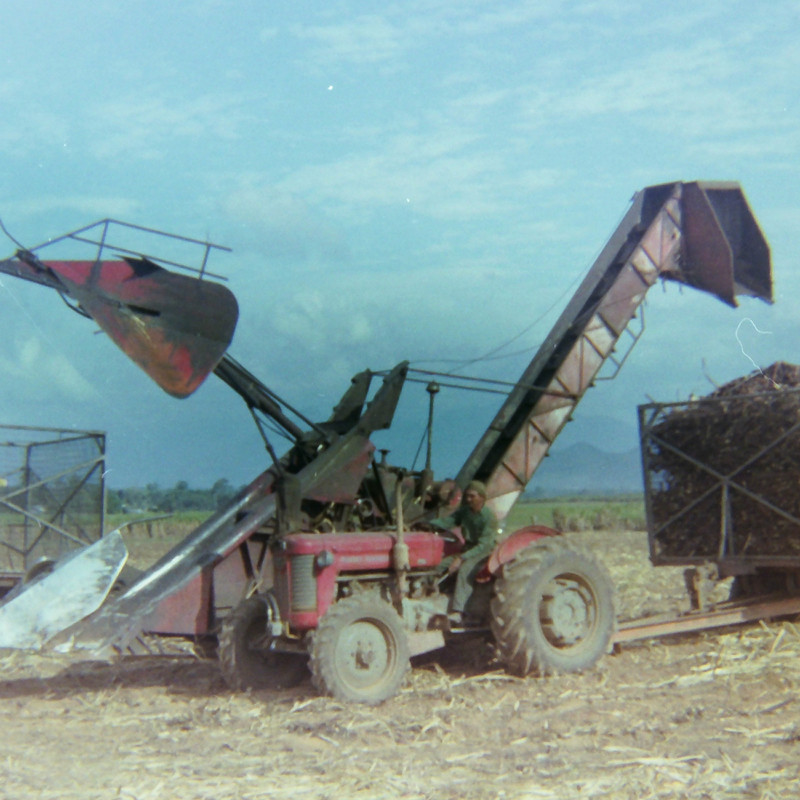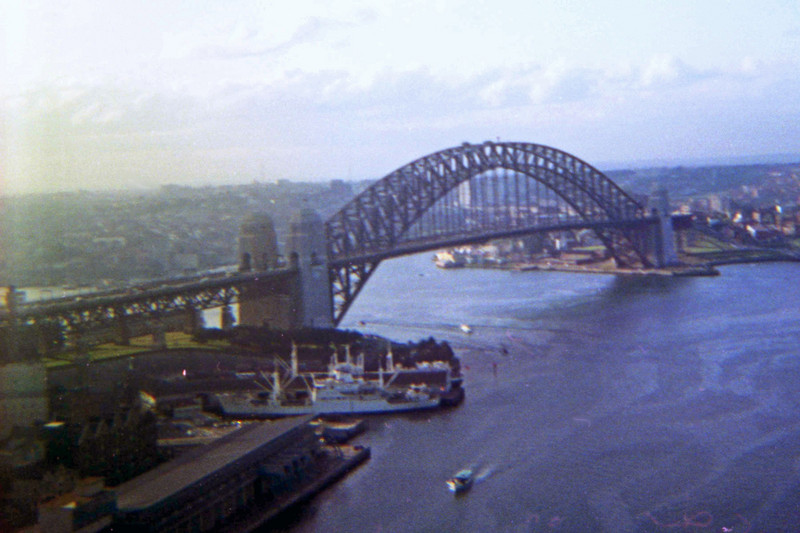Close to the park was The Ulster Museum, designed in Classical Revival style and built in The Brutalist extension was designed by Francis Pym and built in
The Botanic Gardens were established in 1828 by the Belfast Botanic and Horticultural Society, in response to public interest in horticulture and botany.
Originally known as the Belfast Botanic Garden, the site contained exotic tree species and impressive plant collections from the southern hemisphere, many of which can still be seen in the park.
The Palm House is one of the earliest examples of a glasshouse made from curved iron and glass. It shows how advances in glasshouse technology allowed horticulturists to grow exotic plant species during the Victorian period.
The building was designed by Sir Charles Lanyon, who also helped design parts of nearby Queens University. The foundation stone was laid in 1839 and the two wings in 1840 by leading ironmaster, Richard Turner. The dome was added in 1852.
The University was made up of three Queens Colleges - in Cork, Galway and Belfast. Although it was the first University in the north of Ireland, Queens drew on a tradition of learning which goes back to 1810 and the foundation of the Belfast Academical Institution.
Victoria and Albert made their first and only visit to Belfast in August 1849, when the College was and it opened at last that December.
In the grounds we saw a public exhibition by renowned South African photographer Zanele Muholi entitled ‘Somnyama
From the early 2000s Muholi has documented and celebrated the lives of South Africas Black lesbian, gay, trans, queer and In their series, Somnyama Ngonyama (meaning ‘Hail, the Dark Lioness), they turn the camera on themself.
The last stop was Assemblys College - todays Union Theological College - this was the first home of the Northern Ireland parliament 100 years ago.
Our virtual guide Rory had so much to tell about all of the iconic places we visited virtually today.









